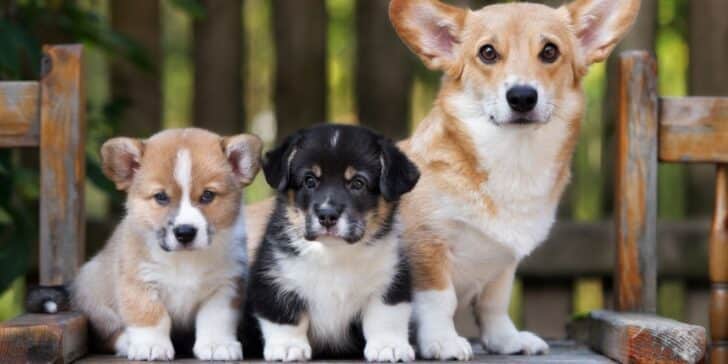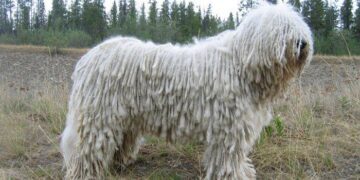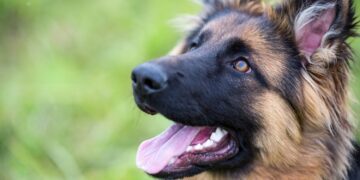If you’re looking for a compact ball of fluff, energy, and sass, then look no further than a Corgi.
These ever so slightly ridiculous dogs have been roaming the hills of Wales for thousands of years, and now they’re here to grace your screens with their presence!
So what’s the deal with Corgis, and why have they become so popular among denizens of the internet?
Let’s take a closer look at this majestic breed of dog and get to the bottom of it!
Corgi translates into “Dwarf Dog.”
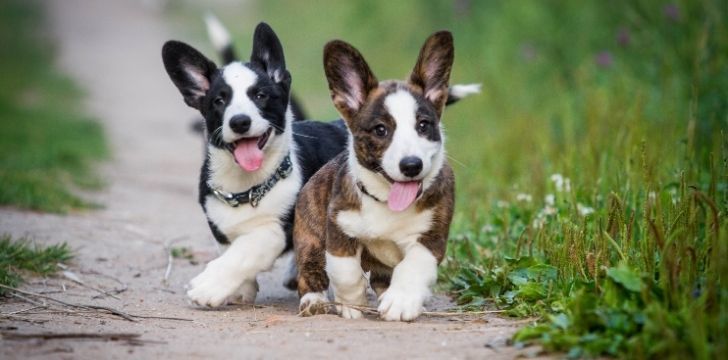
Although some people don’t entirely agree. The most commonly held translation is that “cor” translates into “dwarf”, and “gi” translates into “dog” in Welsh.
Those who disagree claim that they’re actually a “Watch Dog”, as “cor” can also mean to watch over or gather.
Either of these translations fits pretty well of course, but I prefer to live in a world where Corgis are dwarf dogs!
There are actually two different breeds of Corgis.
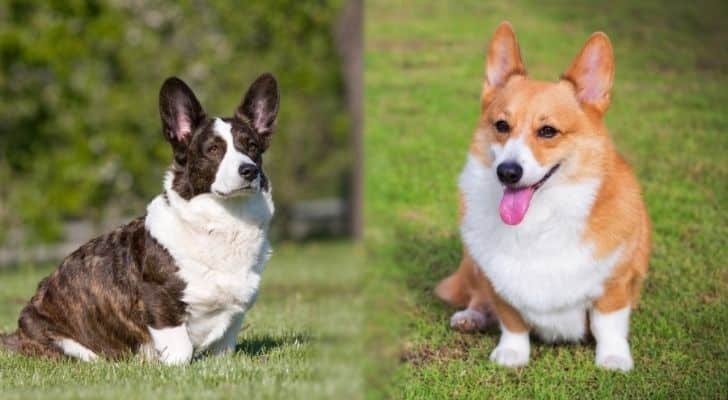
Before we go any further, we need to make some distinctions between the two Corgi breeds.
While they’re strikingly different in appearance, they were only recognized to be different breeds in the 1930s.
Generally, when people talk about Corgis, they’re talking about the Pembroke Welsh Corgi.
Originating from the region of Pembroke, Wales, this breed is the smaller of the two, with shorter legs and most commonly has a bobtail.
The second breed of Corgi is the Cardigan Welsh Corgi, which originates from the region of Cardigan, Wales.
Cardigans are an all-round more stocky and larger dog.
Their legs are slightly longer by proportion, and they tend to weigh more than your average Pembroke Corgi.
Their coat can also come in a larger variety of colors.
The Pembroke Corgi’s ears are more pointed, while the Cardigan Corgi’s ears are more rounded at the tips.
Cardigan Welsh Corgis have been around for thousands of years!
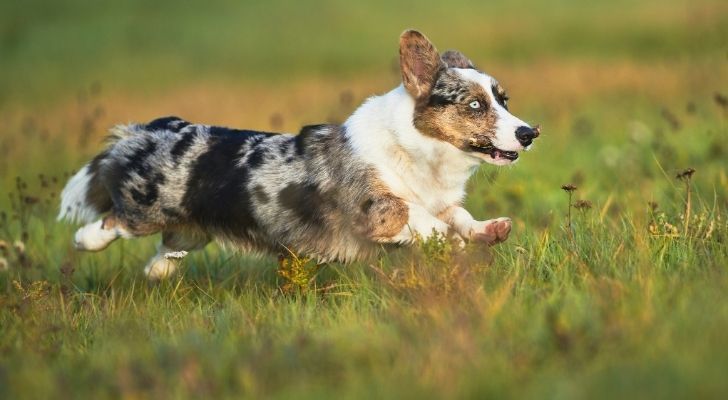
The Cardigan Corgi is definitely the older of the two breeds, that much we know for sure. When we look deeper than that, though, it gets a little complicated.
Historians have yet to determine the real origins behind the breeds, but there are some pretty solid theories.
One theory for the Cardigan Corgi’s origin states that their ancestors came across from mainland Europe to Wales on the boats of Celts around the year 1200 BC.
It’s said that these dogs were part of the Teckel family of dogs, which includes the modern-day dachshund.
If this is true it means that Corgis have been in Wales for more than 3000 years!
Pembroke Welsh Corgis are a much more recent breed.
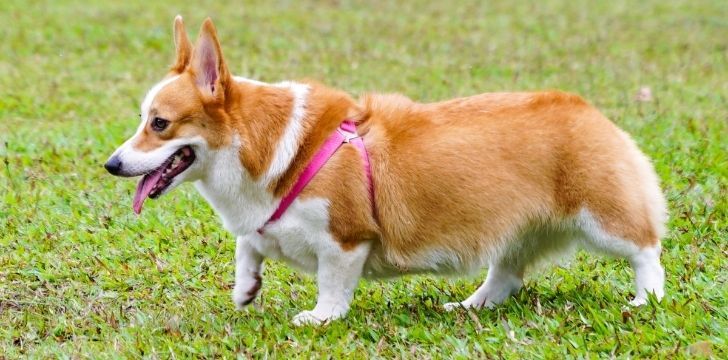
While we do know that they have been around since 1107 AD, we’re still a little uncertain as to how they made their way to Wales.
The best theory behind the Pembroke Corgi’s origin is that their ancestors came across the channel along with Flemish weavers.
It’s said that this original breed of dog was then interbred with the preexisting Cardigan Corgi breed, which eventually developed into the Pembroke Corgi that we know and love today.
According to Welsh legends faeries used to ride Corgis into battle.
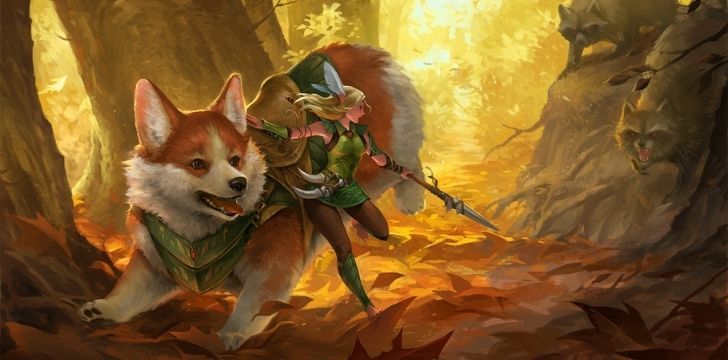
Local Welsh legends have a very different idea when it comes to the origin of Corgis.
It is said that throughout the night faeries and elves would ride these magnificent little dogs into battle, as well as use them to pull their carriages.
One of the distinct markings on a corgis coat adds to this theory.
The sides of some corgis have a slightly different color and can form a shape quite similar to a saddle, which fans of the legend claim to have been just that!
Corgis were once used to herd cattle.
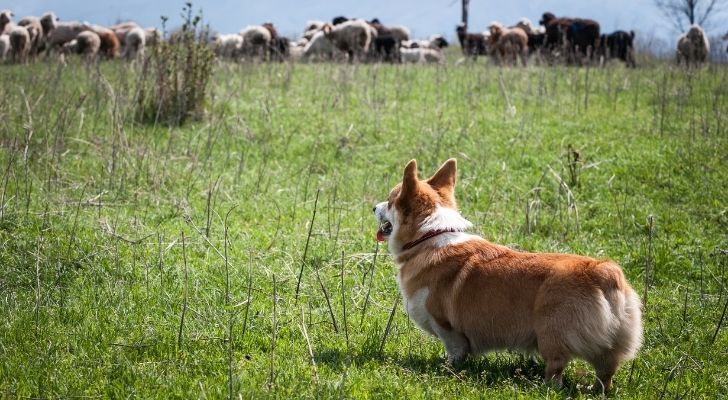
If you take a stroll through the rolling hills of Wales you’ll come across a lot of sheep, but few cattle.
This wasn’t always the case in Wales though, with cattle being a much more popular form of livestock up until the 19th Century.
Corgis found their true calling on these endless grassy hills, as their incredible agility and short stature made them the perfect herding dog.
Their agility allowed them to duck and weave through the cow’s legs, nipping them to guide them in the right direction.
Their short stature was a much more vital trait, though, as they were so low to the ground that they were able to avoid the kicks of any disgruntled cows.
Corgis are incredibly smart dogs.

In fact, they are listed as the 11th smartest breed of dog!
Corgis in general appreciate a very active lifestyle, which no doubt goes back to their cattle-herding days.
They’re surprisingly clever little dogs, too, which also would have been of great benefit during their working years.
Corgis that are kept as house pets have a reputation for acting out, but generally, this is because they’re not being mentally stimulated enough!
If you have a corgi that’s acting out, try and search for some dog puzzles or ways to play with a smart dog.
Corgis shed a LOT!
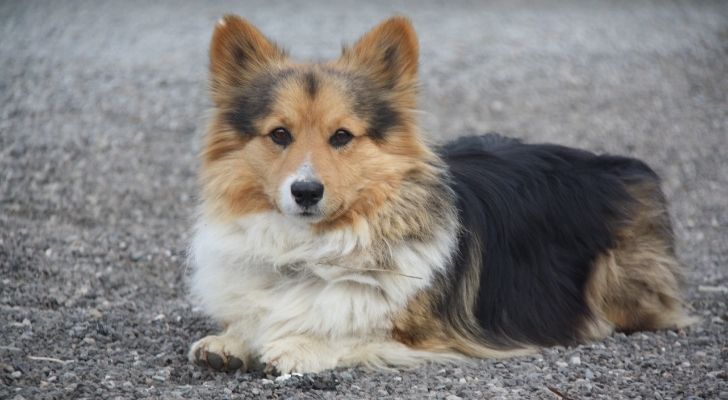
If you’ve ever had the good fortune to pat a Corgi, you may find yourself wondering how a dog so small could possibly shed so much fur.
To start with, Corgis aren’t what we would call a short-haired dog, so in general, there’s just that much more hair.
In addition to this, Corgis have two different coats of hair, so there’s even more of it again!
Their inner layer of fur helps to insulate them, but this is shed when the weather gets a bit warmer, usually in spring.
Their outer layer of hair is much longer and doesn’t shed in the same way, although you will still find it all over your house!
Corgis are very sociable animals.
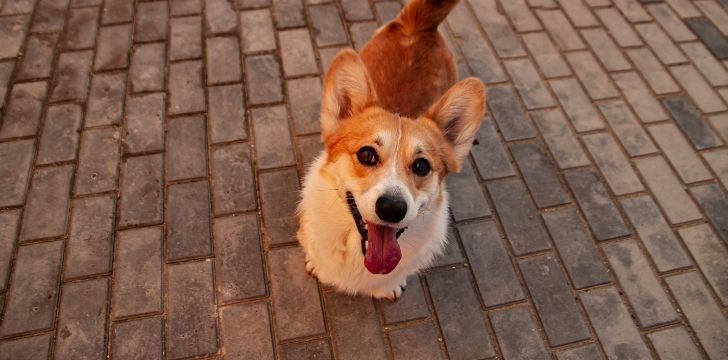
Corgis just love attention, quite often acting as they could never get enough of it.
While a dog’s personality generally reflects their owners in a way, Corgis do tend to enjoy cuddles a lot more.
They’re also fantastic with kids, and are quite often a recommended breed for families; kids and corgis tend to use up each others’ energy – what a win-win!
They’re not just sociable with people, though.
As long as they have been trained properly in their early years they absolutely love to get out and play with other dogs!
Queen Elizabeth II owned over 30 Corgis in her lifetime!
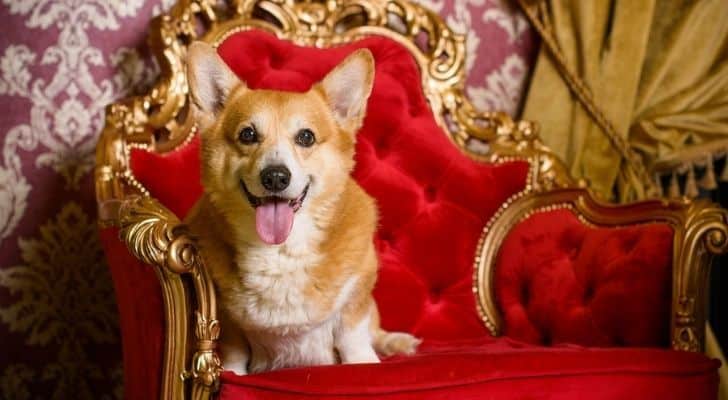
Queen Elizabeth’s lifelong passion for Corgis began way back in 1933 when the Queen was still a princess.
She had been visiting the estate of a family friend with her sister when she first laid her eyes on this majestic hound – a Pembroke Welsh Corgi.
Shortly after this visit, their father bought the family their own Pembroke Corgi, which they named Dookie.
When Elizabeth turned 18, she was gifted with her very own Corgi, who she gave the very appropriate name of Susan.
It could almost be said that through Susan, a new Royal Family was born, the House of Susan I.
As of 2020, there have been ten generations of Corgis in Queen Elizabeth’s household, and they’re all descendants of Susan.
Corgis are very good watchdogs.

Which, really, is a very positive way of saying that they bark – a lot!
On a more serious note, though, they are very loyal and protective dogs.
While a corgi might not exactly be the best in terms of preventing an intruder from breaking into your house, they’ll definitely wake the entire house up in the process!
Corgis are surprisingly fast!
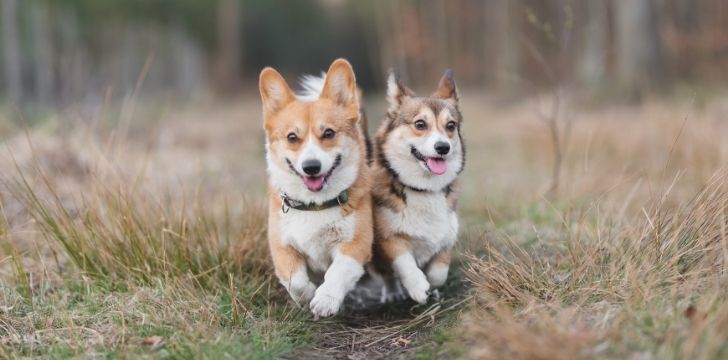
If you’ve ever been lucky enough to experience a Corgi doing zoomies, then you’ll surely agree with me!
Corgis have been recorded to run as fast as 25 miles per hour (40 km/h), which is much faster than they appear to be able to run.
Their great speed is thanks to their ability to use more of their upper body strength than other breeds of dogs.
Despite their dwarfism, Corgis somehow manage to hold a certain air of royalty.
Maybe it’s down to the fact that they’re an ancient breed, or quite possibly, it’s simply a mental connection between corgis and the Queen of England.
Either way, when Corgis come to rule the world someday, I, for one, will welcome our new adorable overlords.

